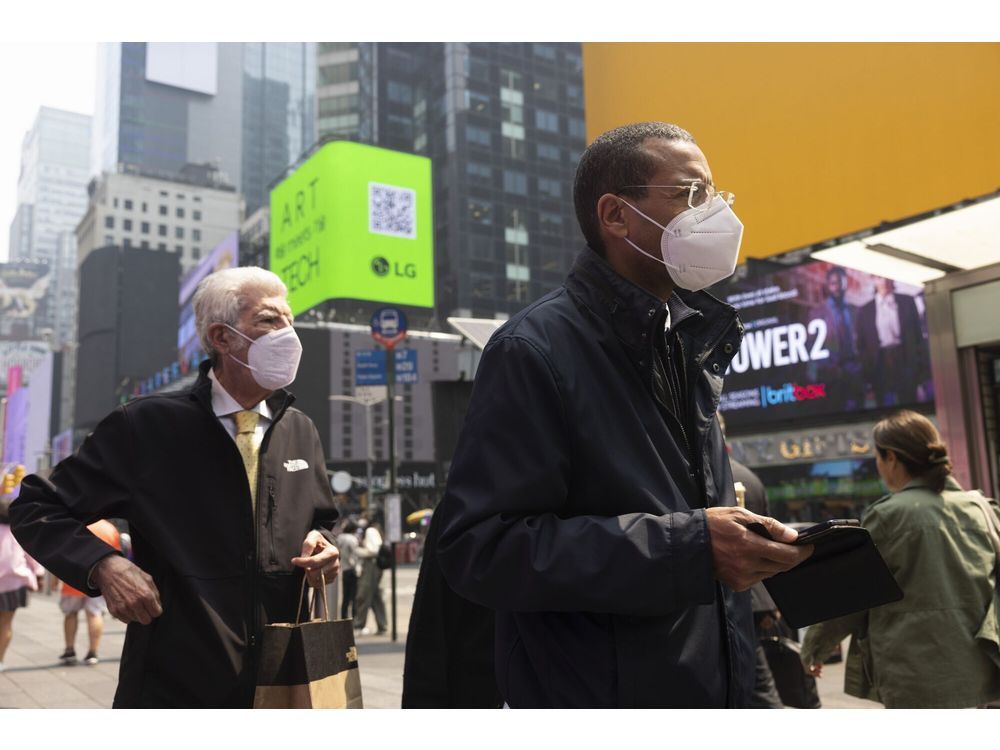
Article content
(Bloomberg) — The number of wildfires burning in Canada’s top energy-producing province of Alberta is on the rise again, hurting air quality across the region and threatening oil and gas production.
Article content
The province had 76 active wildfires, up from 71 on Friday, with 28 burning out of control, according to provincial data on Monday. Smoke from the blazes — which are most active in the central and western parts of the province — was set to drift south to Calgary on Monday and Tuesday, worsening the air quality into the “high risk” category, according to Environment Canada.
Article content
The epicenter of the fires is a major region for natural gas and light oil production, and infernos in the area earlier this year shut down significant amounts of output.
“If you look at Western Canada, it’s completely covered by the smoke,” Gerald Cheng, a meteorologist with Environment Canada, told reporters. Edmonton, Alberta, and Saskatoon, Saskatchewan, also reported unhealthy air quality, and the haze could remain over parts of both provinces into Wednesday, Cheng said.
Article content
In Quebec, where fires sent thick smoke across the US eastern seaboard last week, the situation has improved, but there were still 113 active blazes as of Monday afternoon. That’s down from about 150 late last week.
Some rain is expected in southern Quebec over the next two days, but the amount is not likely to be significant and there is a chance of lightning, which can ignite fires, Cheng said. There is no rainfall in the forecast for northwestern Ontario until the weekend. The most significant wildfires are still producing a lot of smoke, he said.
Read More: US, Canada Cities Risk Smoke as Fires Still Burn: Weather Watch
Current wind flows around those provinces are funneling pollution north. But a low-pressure system is forming over the Great Lakes and that “is looking to act as a tap to bring more smoke,” said Bob Oravec, a senior branch forecaster at the US Weather Prediction Center. Late spring has been marked by systems that have kept conditions cool and helped push smoke from Quebec’s forests across the urban areas of Canada and the US.
“As long as those fires are still burning, there are going to be chances for some kind of smoke coming south,” Oravec said.
—With assistance from Brian K. Sullivan.